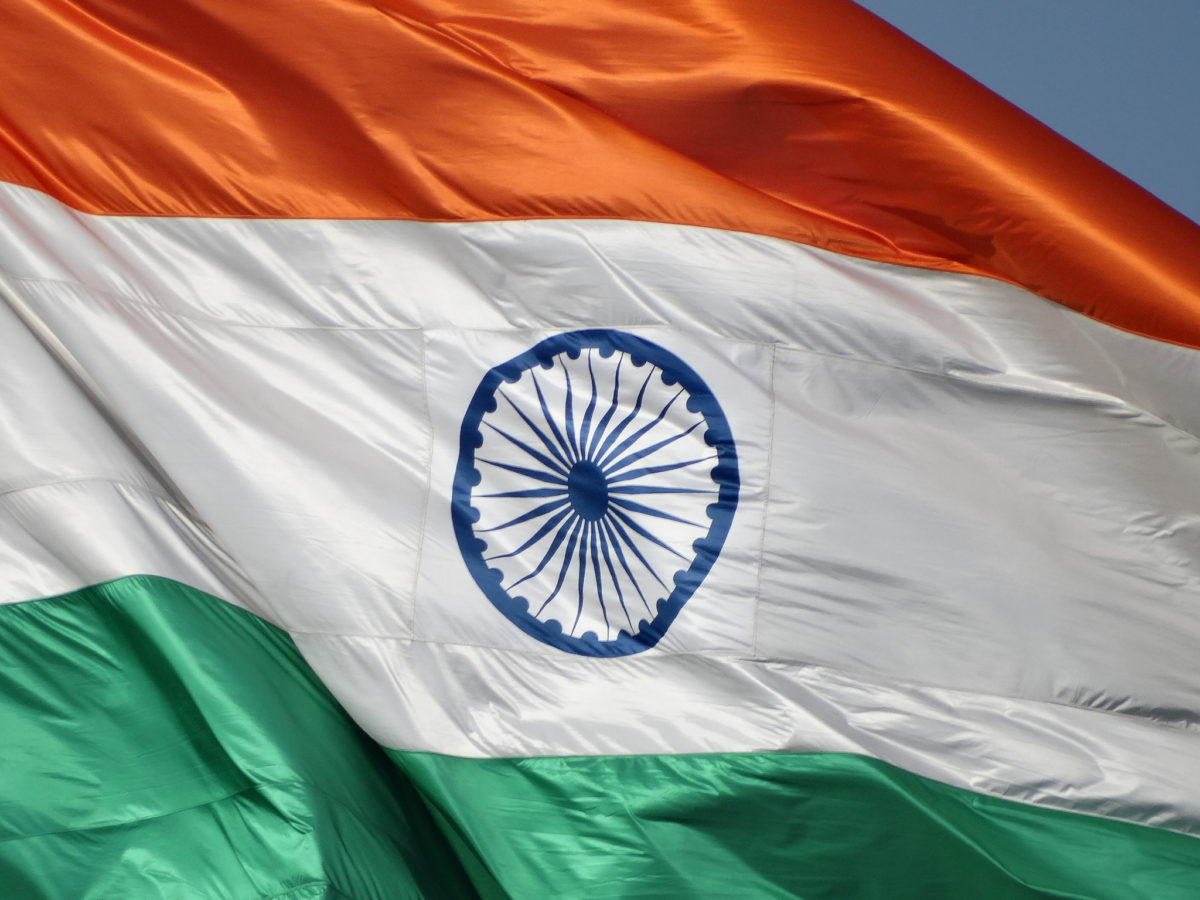A new report by Bloomberg New Energy Finance (BNEF) shows India can serve as a model country for others looking to leverage low-carbon investments in their Covid-19 economic recovery strategy.
Produced in partnership with Bloomberg Philanthropies, the BNEF report outlines how India has become the world’s largest and most competitive clean energy auction market, and how it can achieve its renewable power target of 450 GW by 2030, the most ambitious in the world.
The report highlights India’s 2019 average auction tariffs for solar—at below Rs 3/kWh—are less than half of their 2015 levels.
The country ranked as the top emerging market for clean energy investment by BNEF’s Climatescope. This reflects the comprehensive set of enabling policies introduced by its government to meet a goal of 450 GW clean energy by 2030, its openness to investors, and the volume of renewables auctioned in recent years.
“Governments around the world are working to strengthen national economies after the devastation of the coronavirus. If we act wisely, the response to this crisis can also be a turning point in the battle against the climate crisis,” said Michael Bloomberg, founder of Bloomberg L.P. and Bloomberg Philanthropies.
“Investment in clean energy goes hand in hand with economic growth. India is a great example of that, and with its ambitious goals for the years ahead, India’s policies have helped to make it the number one ranked emerging market for clean energy investment.”
The government aims to sharply lift the proportion of electricity that comes from non-fossil fuel sources by 2030.
At the report launch, India’s power minister Raj Kumar Singh told BNEF: “India pledged in Paris that by 2030, 40% of our installed capacity would be from green sources, non-fossil-fuel based resources. By 2030, the energy from non-fossil-fuel sources will be 55-60%.”
The report states India’s success in creating a vibrant clean energy market provides a range of lessons for both developed and developing economies looking to leverage renewables and reduce power procurement costs. Solar and wind have been the cheapest sources of bulk power generation in the country since 2018.
This content is protected by copyright and may not be reused. If you want to cooperate with us and would like to reuse some of our content, please contact: editors@pv-magazine.com.









1 comment
By submitting this form you agree to pv magazine using your data for the purposes of publishing your comment.
Your personal data will only be disclosed or otherwise transmitted to third parties for the purposes of spam filtering or if this is necessary for technical maintenance of the website. Any other transfer to third parties will not take place unless this is justified on the basis of applicable data protection regulations or if pv magazine is legally obliged to do so.
You may revoke this consent at any time with effect for the future, in which case your personal data will be deleted immediately. Otherwise, your data will be deleted if pv magazine has processed your request or the purpose of data storage is fulfilled.
Further information on data privacy can be found in our Data Protection Policy.